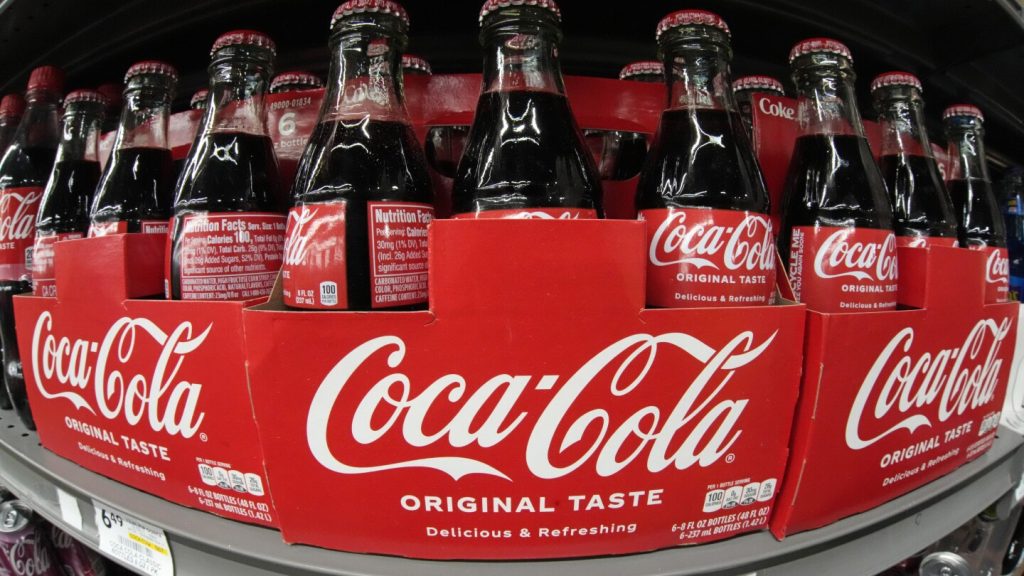Coca-Cola Co. reported a decline in revenue for the third quarter as sales volumes remained stagnant or decreased globally. Despite this, the company surpassed Wall Street’s expectations and projected a 10% increase in full-year organic revenue, at the higher end of its previous guidance. The company’s revenue dropped 1% to $11.9 billion, beating analysts’ forecast of $11.6 billion. Coke attributed the 10% price hike in the July-September period to hyperinflation in markets like Argentina, which has been ongoing since the end of 2020. However, the higher prices have impacted demand, with overall unit case volumes falling by 1% for the quarter. While sales of Coca-Cola Zero Sugar saw an 11% increase, other categories like juice, dairy, water, sports drinks, and coffee experienced declining sales.
Coca-Cola Chairman and CEO James Quincey acknowledged the pressure on disposable income in certain consumer segments during a conference call with investors. He mentioned the company’s efforts to enhance affordability by offering smaller pack sizes and refillable bottles, while also capitalizing on the growing demand for premium beverages like Fairlife milk and Topo Chico sparkling water. Quincey emphasized the necessity of balancing price increases with volume growth, anticipating ongoing inflation in labor, packaging, and commodity costs in the upcoming year. He expressed optimism for a return to volume growth with smaller price increases, despite temporary volume losses in regions like India due to factors like monsoons.
Quincey outlined Coke’s strategy for the future, suggesting a more normalized level of pricing in the coming year. He highlighted the company’s deliberate investment in affordability and premiumization options while navigating through challenges in the market. Quincey addressed the recent E. coli outbreak at McDonald’s and assured that it is not expected to have a significant impact on Coke’s business, given its limited scope to a few states. However, he emphasized Coke’s commitment to supporting McDonald’s through the crisis as a key partner. In terms of regional performance, North America and Latin America saw flat unit case volumes, with growth in certain brands offset by declines in others. Asia and Europe, Middle East, and Africa segments reported a 2% decrease in sales volumes each.
Coke’s shares experienced a 2% decline in early trading following the announcement of the third-quarter results. Despite the challenges posed by pricing pressures and fluctuating demand, the company remains optimistic about its future growth prospects. Quincey’s reassurance regarding a more balanced approach to pricing and investments in affordability and premiumization strategies signal a strategic shift in response to changing market dynamics. With a focus on adapting to evolving consumer preferences while maintaining a commitment to its core product portfolio, Coca-Cola continues to navigate the complexities of the global beverage market. The company’s ability to anticipate and address challenges, alongside its dedication to strategic partnerships and community support, positions it for sustained growth and resilience in the face of uncertainty.


